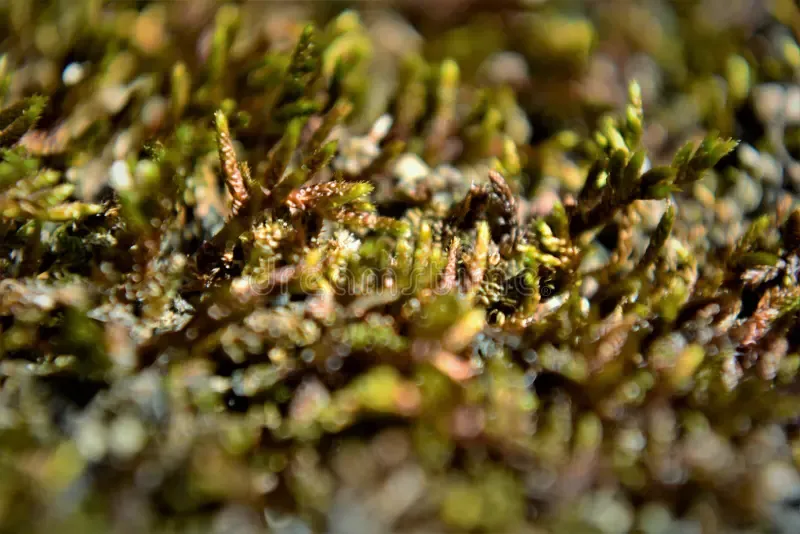
entodon-moss-growing-wall-cottage-details-216747442.jpg from: https://www.dreamstime.com/entodon-moss-growing-wall-cottage-details-image216747442
Exploring the Fascinating World of Entodon truncorum Mitt. Moss
Introduction
Mosses are often overlooked, but they play crucial roles in ecosystems around the world. One particularly interesting species is Entodon truncorum Mitt., also known simply as Entodon, a moss in the Entodontaceae family. In this blog post, we’ll take a closer look at this fascinating bryophyte.
Background on Mosses
Mosses are small, non-vascular plants in the division Bryophyta. Unlike other plants, they lack true roots, stems, and leaves. Instead, they have leaf-like structures called phyllids that absorb water and nutrients. Mosses reproduce via spores rather than seeds and are found in a wide range of habitats worldwide.
Morphology and Identification of Entodon truncorum
Entodon truncorum is a pleurocarpous moss, meaning it has a branching, mat-forming growth habit. Its stems can reach 2-5 cm long. The phyllids are ovate-lanceolate in shape, 1-2 mm long, and have a short, double costa (midrib). The seta (stalk bearing the capsule) is 1-2 cm tall and the capsules are cylindrical and erect. Distinguishing features include the phyllid shape and costa length.
Global Distribution and Habitat
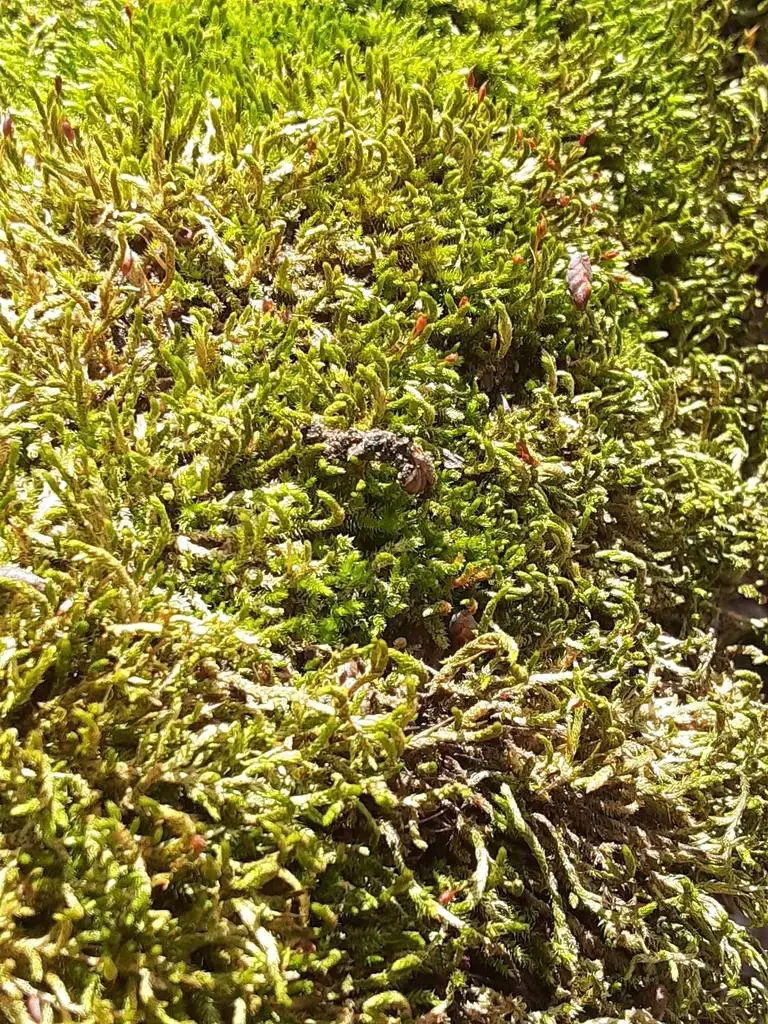
large.jpeg from: https://www.inaturalist.org/observations/148119065
This moss has a wide distribution, found in North America, Europe, Asia, Africa, and Australia
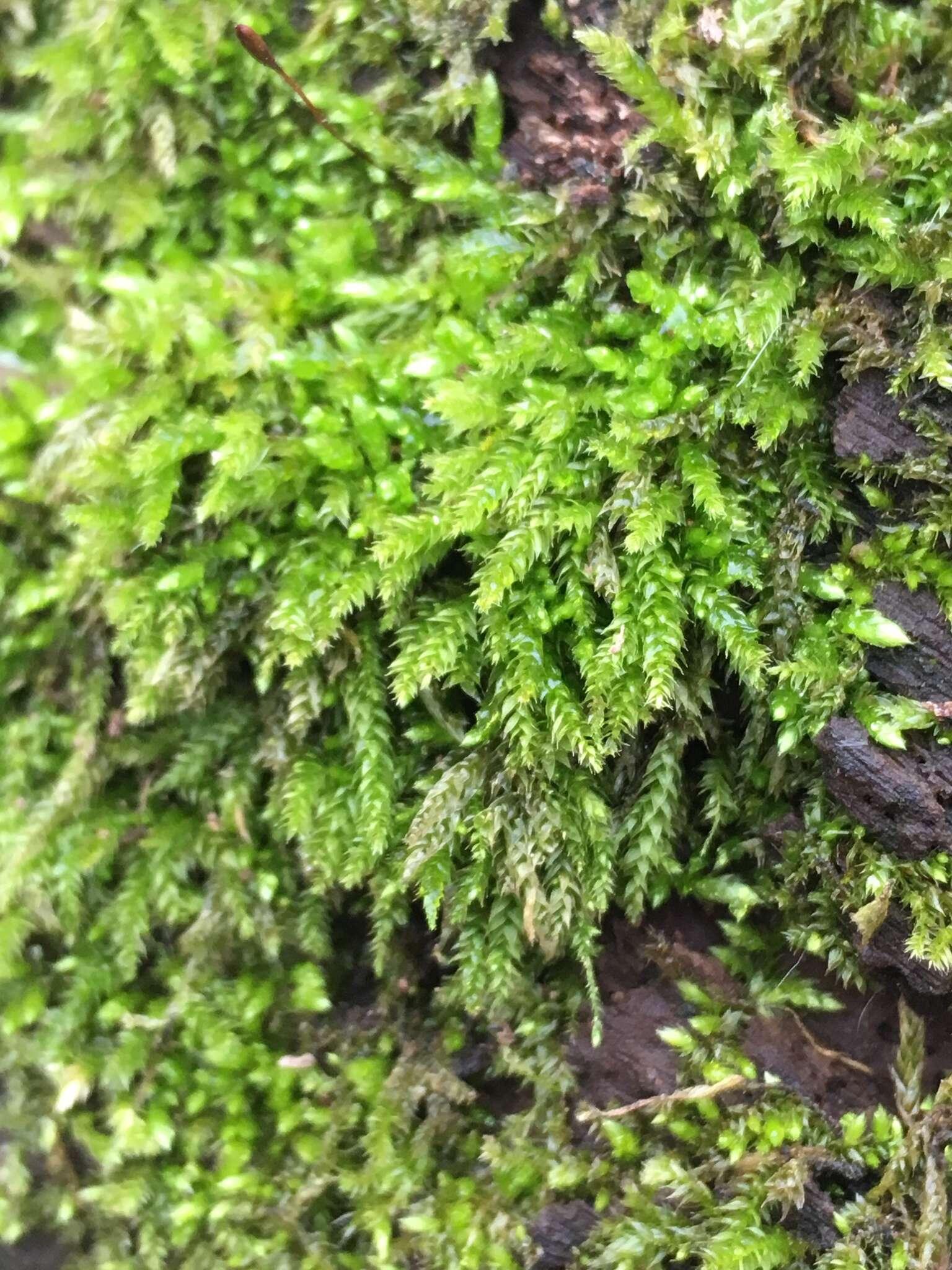
18.00d18899f44644cdc2c2603799ded11c.jpg from: https://www.eol.org/pages/890776/media
. It typically grows on tree bark, logs, and rocks in forests and woodlands. Entodon truncorum prefers shaded, moist environments but can tolerate some drying.
Ecological Roles and Adaptations
mWgbT0zO_kB71mrDVdECyp32A8SXpfWz4VEjhrZkUDTX8LAgZhoLxFQBtHVKSMgXzHK7w1Ln_ckaojl1Ajnb=s600 from: https://www.projectnoah.org/spottings/6311118
Like other mosses,
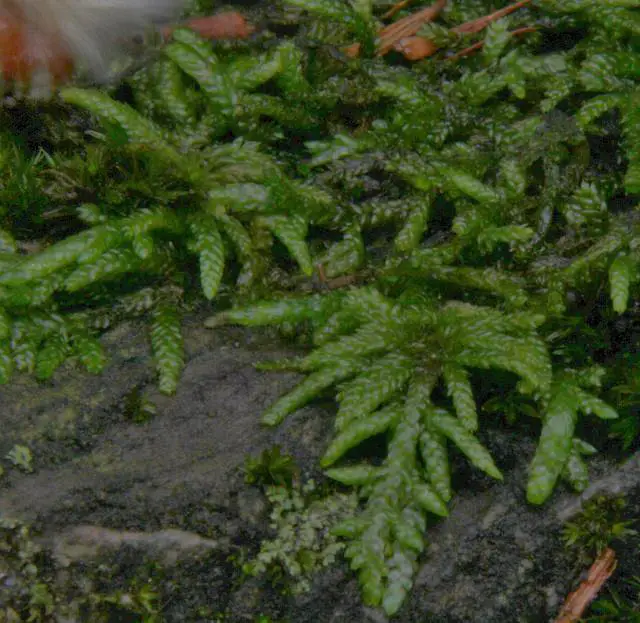
jim__stasz_15714696793_41f78b8f50_z.jpg from: https://www.marylandbiodiversity.com/view/10735
E. truncorum plays important roles in its ecosystem:
- Helps retain moisture and prevent erosion
- Provides shelter and habitat for micro-organisms and small invertebrates
- Contributes to nutrient cycling by trapping and breaking down organic matter
Its mat-forming growth allows it to efficiently absorb water and cover substrates. The costa and thick-walled cells in the phyllids help reduce moisture loss.
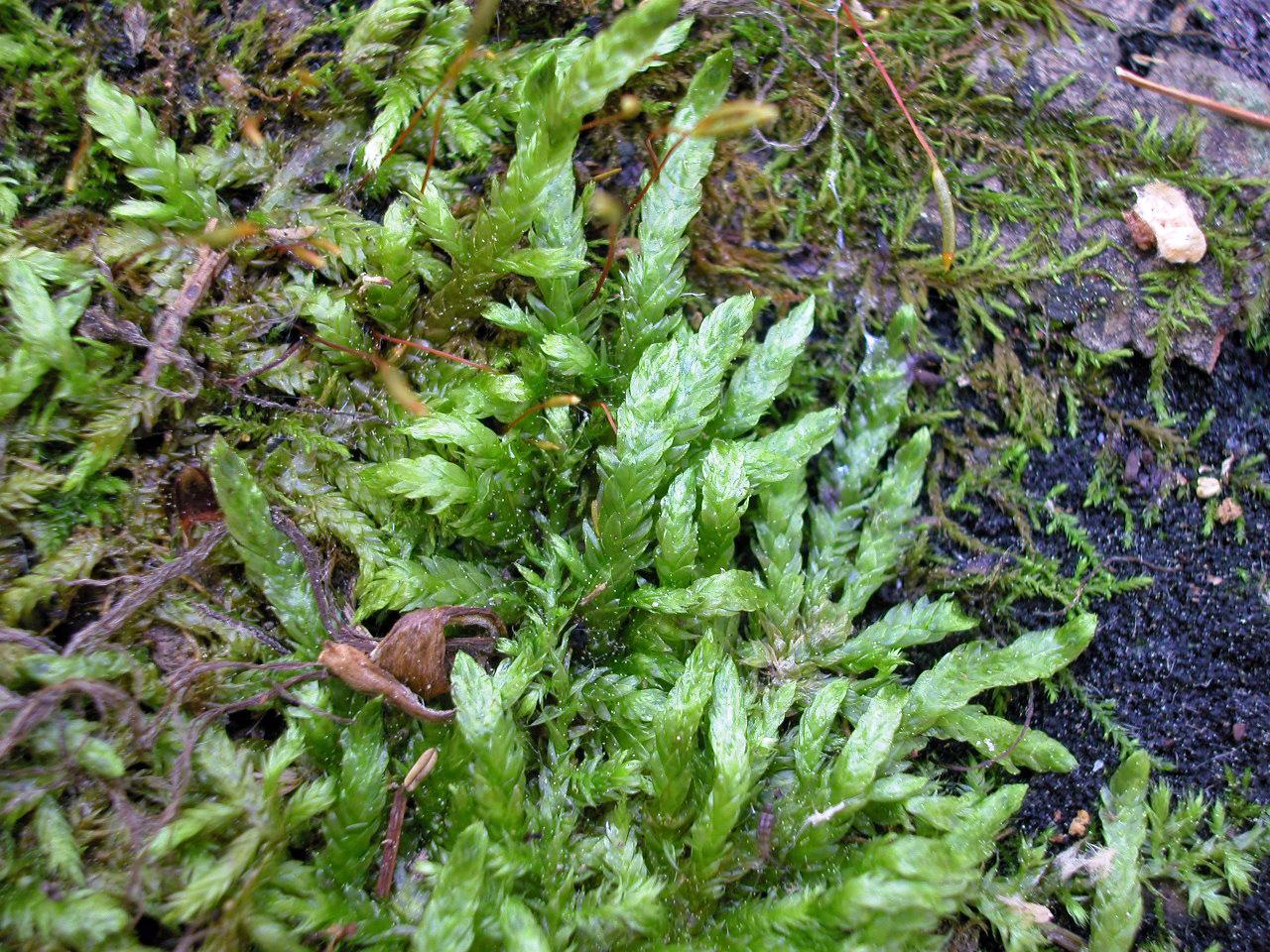
Entodon+clad+CAT.jpg from: https://moss-notes.blogspot.com/2011/12/entodon-cladorrhizans.html
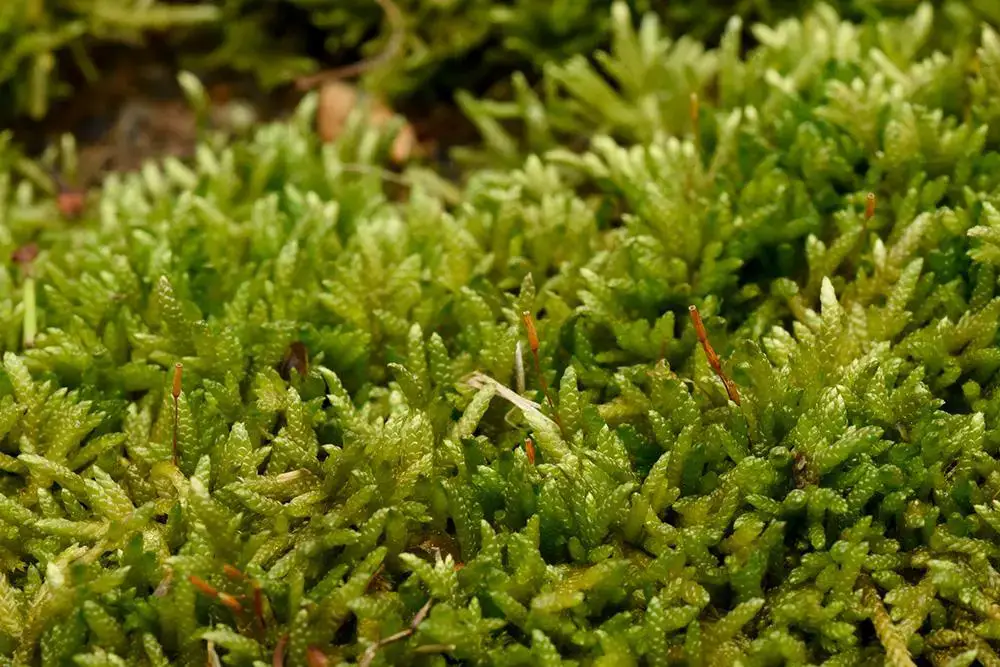
entodon_seductrix_2.jpg from: https://www.delawarewildflowers.org/plant.php?id=2677&mode=F&famid=234
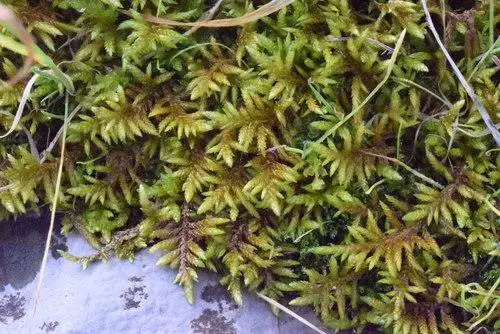
medium.jpeg from: https://www.inaturalist.org/taxa/162332-Entodon-concinnus
| Characteristic | Description |
|---|---|
| Family | Entodontaceae |
| Genus | Entodon |
| Species | E. truncorum |
| Growth form | Pleurocarpous, mat-forming |
| Stem length | 2-5 cm |
| Phyllid shape | Ovate-lanceolate |
| Phyllid length | 1-2 mm |
| Costa | Short, double |
| Seta length | 1-2 cm |
| Capsule shape | Cylindrical, erect |
Conclusion
Entodon truncorum Mitt. is a prime example of how even tiny mosses can be captivating when you take a closer look. Its global distribution, ability to grow on various substrates, and ecological roles make it a notable species. Next time you’re in the woods, see if you can spot this marvelous moss! What other overlooked organisms in nature have caught your interest?

entodon-seductrix-moss-reindeer-lichen-star-moss-cavan-images.jpg from: https://fineartamerica.com/featured/entodon-seductrix-moss-reindeer-lichen-star-moss-cavan-images.html
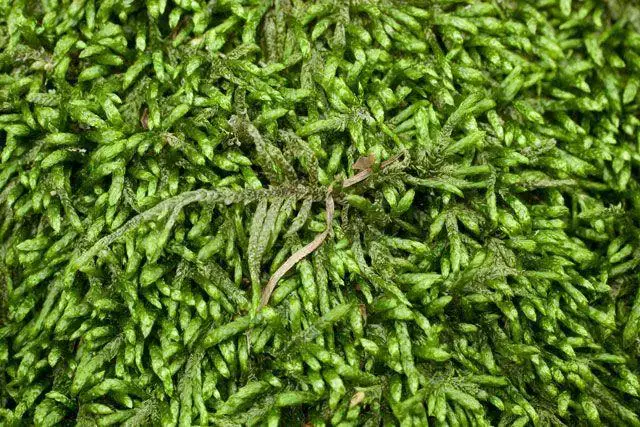
07a5903b8af543e1645d8a9c63b33cd1–landscaping.jpg from: https://www.pinterest.com/pin/550494754443969142/